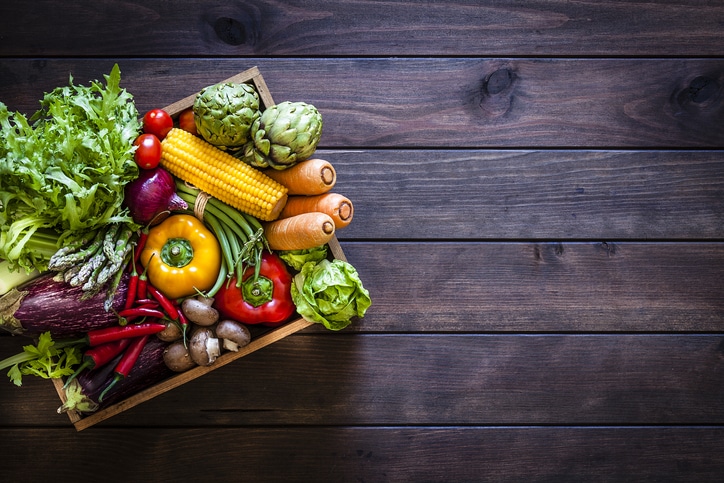In-season produce that is locally sourced and naturally grown is more eco-friendly in comparison to importing or controlled-atmosphere storage and artificial ripening methods.
Out-of-season vegetables contain less nutrients as they’re often picked early to be stored or distributed, whereas seasonal vegetables are fresher, richer in flavour and have higher nutritional content as they’re picked at their peak time.
HelloFresh have put together a guide of in-season fruit and vegetables to help people make better choices when it comes to cooking and eating. Here are our top seven picks.
Asparagus
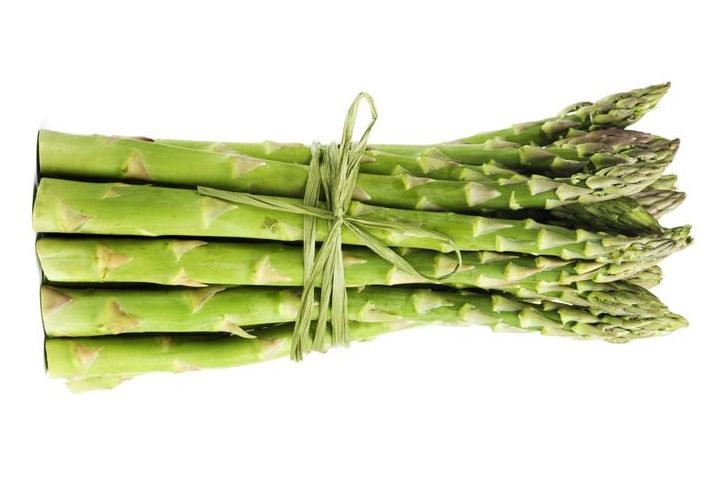
While August to December is the peak time to pick asparagus, a secondary crop can still be harvested in January or February. Asparagus is a great source of antioxidants, has beneficial blood pressure-lowering properties and is high in insoluble fibre which may support your digestive system.
Asparagus is versatile – it can be steamed, boiled, roasted, grilled, sautéed, and is great for pasta or stir-fries.
Beetroot
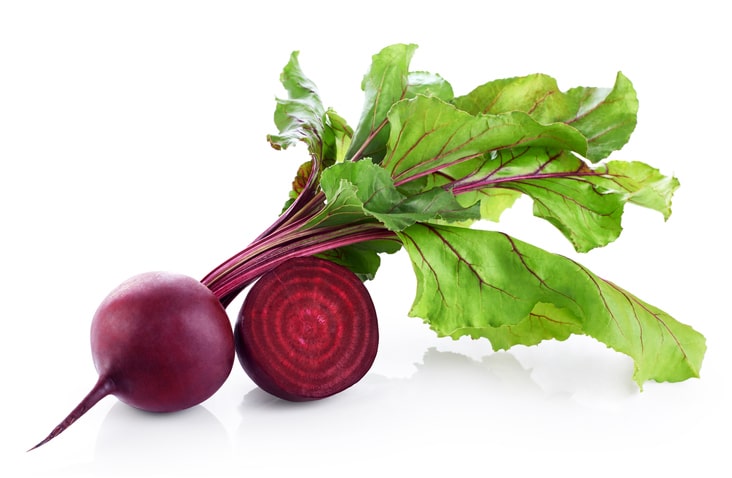
Australians consume more beetroot per capita than any other nation in the world. Beetroot is at its peak for harvesting from November until April and is packed with nutrients with little calorie content. Fibre, protein, copper, potassium, vitamin C and vitamin B6 are just some of the impressive nutritional content that beetroot is made up of. Beetroot may support brain health and digestive health, and may have several compounds that fight against cancer.
They’re a great addition to salads, roasted as wedges, and can be blended and used in dips.
Capsicum
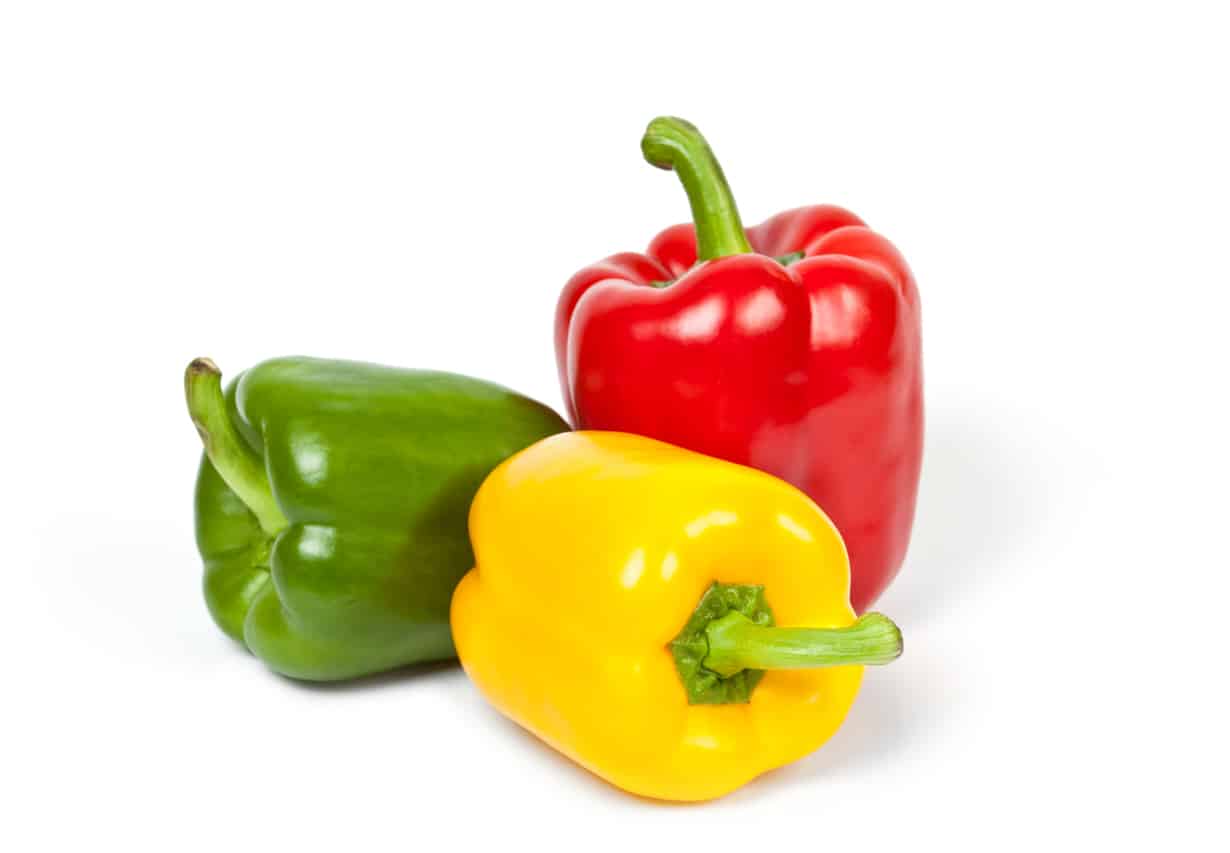
Capsicums are rich in vitamin C, B6, B9, E and A, they are also packed with antioxidants which overall are good for eye health and may reduce the risk of cataracts. Additionally they’re packed with iron and can help prevent anaemia and iron deficiency. The best time to harvest them is from August to early January.
Capsicums are perfect for adding flavour and depth. They’re great for Asian, Mexican and Mediterranean dishes, as well as many fusion style recipes.
Cucumber
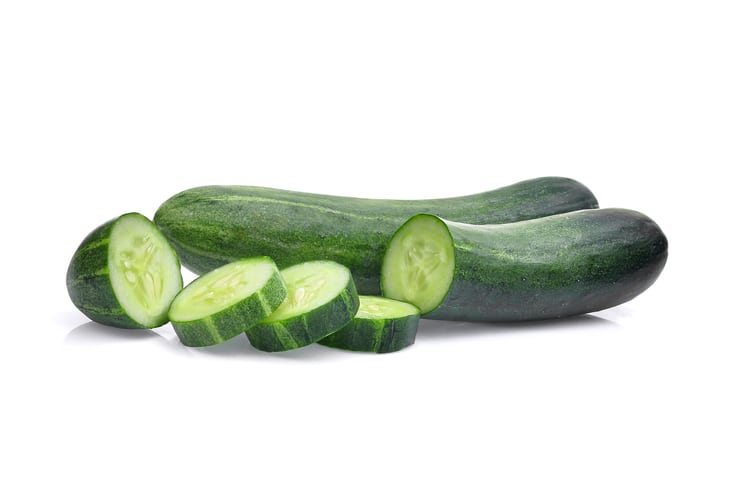
The best time to harvest cucumbers is between November and March. They’re high in nutrients and low in calories, with magnesium, potassium, and vitamin K – three nutrients that are essential for our cardiovascular system. They have a high water content and help with hydration, which allows many of our body processes to function as normal.
Cucumbers can be added to sandwiches, dips and salads.
Eggplant
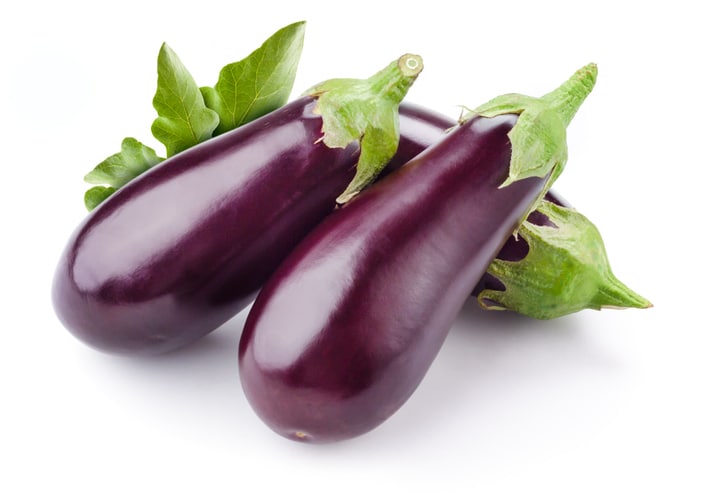
Eggplants are technically a fruit, with summer and autumn months being the optimal time to pick them. Considered a nutrient-dense food, they are high in antioxidants and may help reduce heart disease and control blood sugar levels.
Eggplants may seem harder to use, but they can be great in curries, roasted in pasta, and used in stir-fries and ratatouille, among various other ways.
Tomato
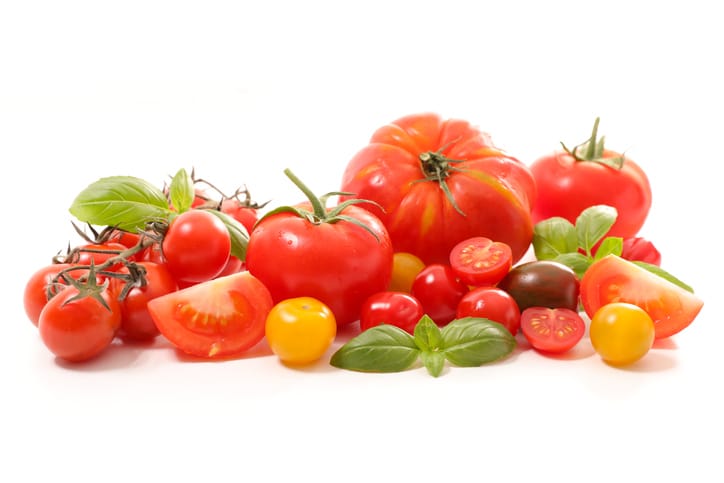
Whether you fancy tomatoes on the vine, oxheart or heirloom tomatoes, Australia has an abundant supply due to recent weather and are arguably at their tastiest this time of year. Tomatoes are one of the most easily accessible in western cultures due to their versatility, they can be used for sauces, soup, curries, eaten raw with salads, fried and countless other ways.
Zucchini
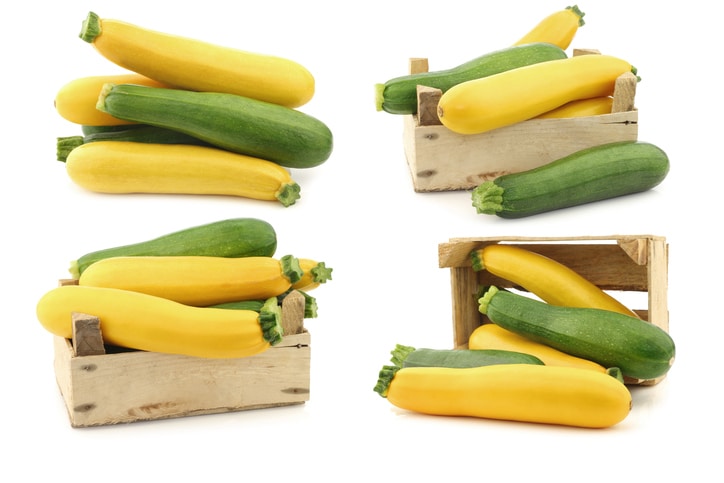
Spring and summer is the best time to have zucchini and it is at its best from September to March. Zucchini is rich in nutrients, most notably vitamin A, which may help support vision, growth, cell division and may also boost your immune system. It is also packed with nutrients that may benefit your skin and heart and may reduce the risk of cancer.
Zucchini is one of Australia’s most loved vegetables as it’s versatile and is excellent in pastas, tacos, salads and can be made into a good vegan alternative to noodles.
Get the latest Canberra news, sport, entertainment, lifestyle, competitions and more delivered straight to your inbox with the Canberra Daily Newsletter. Sign up here.

